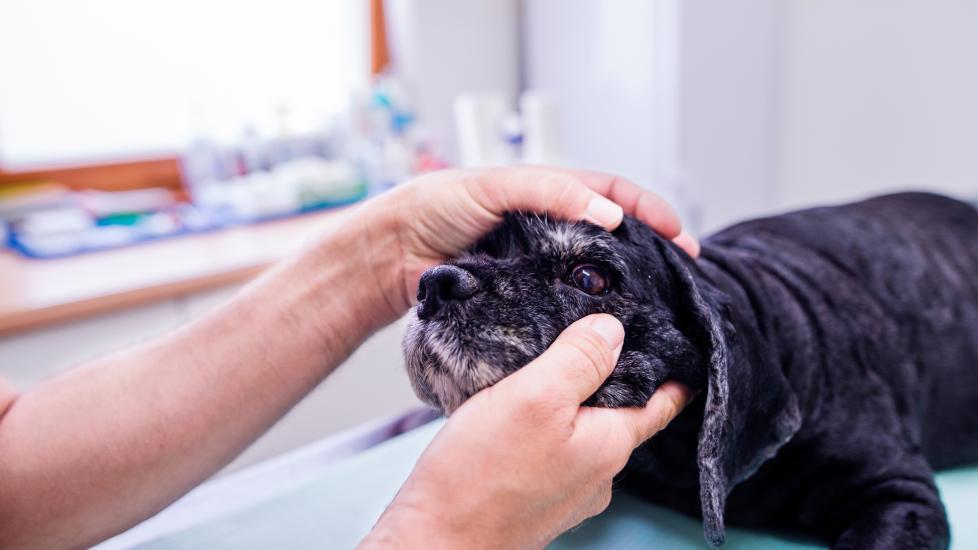Title: Understanding Hyphema and Its Management in Canine Patients
Introduction:
In the realm of veterinary ophthalmology, hyphema is a condition that warrants immediate attention due to its potential impact on vision. This article aims to provide pet owners with an overview of what hyphema is, how it affects dogs, and strategies for managing this potentially serious eye injury. With empathy and clarity, we delve into the topic to ensure informed care for our canine companions.
What Is Hyphema?
Hyphema refers to the presence of blood within the anterior chamber of the eye, which is the space between the cornea and iris where the fluid (aqueous humor) nourishes the lens and maintains intraocular pressure. The most common cause of hyphema in dogs is blunt trauma, such as from a car accident or rough play leading to damage to the blood vessels inside the eye. Other causes may include immune-mediated diseases, tumors, and even certain drugs.
Signs and Symptoms:
The signs of hyphema are often evident to dog owners. These typically include redness and swelling around the affected eye(s), excessive tearing, sensitivity to light, squinting, and sometimes loss of vision. It’s crucial to recognize these symptoms early to seek prompt treatment.
Diagnosis and Treatment:
A veterinarian will perform a thorough examination of the eyes, including a slit lamp exam, to assess the extent of bleeding and any associated injuries. Initial treatment involves stabilizing the patient, controlling pain, and administering medications to prevent further bleeding and promote clotting. Depending on the severity of the case, surgical interventions might be necessary to evacuate the blood and manage complications like glaucoma.
Post-Treatment Care:
Once the initial stabilization phase is over, ongoing care becomes essential. Your vet will likely prescribe anti-inflammatory drugs, antibiotics to prevent infection, and possibly topical corticosteroids if there’s evidence of uveitis. Frequent recheck examinations are mandatory to monitor healing progress and adjust treatments accordingly.
Prevention Strategies:
While traumatic incidents cannot always be prevented, taking proactive steps can reduce the risk of hyphema. Ensure your dog has safe play areas free from hazards, use appropriate restraints when traveling by car, and consider enrolling them in training classes to learn proper manners and avoid aggressive behavior that could lead to accidents. Additionally, regular check-ups with the veterinarian help identify and address underlying health issues that might predispose pets to hyphema.
Conclusion:
Hyphema is a concerning condition that requires swift action to preserve vision and comfort for our beloved canines. By recognizing the signs, seeking professional guidance promptly, and committing to post-treatment care, pet parents can support their furry friends through recovery and maintain long-term ocular health. Let us prioritize the well-being of our loyal companions and keep their eyesight bright and clear.
